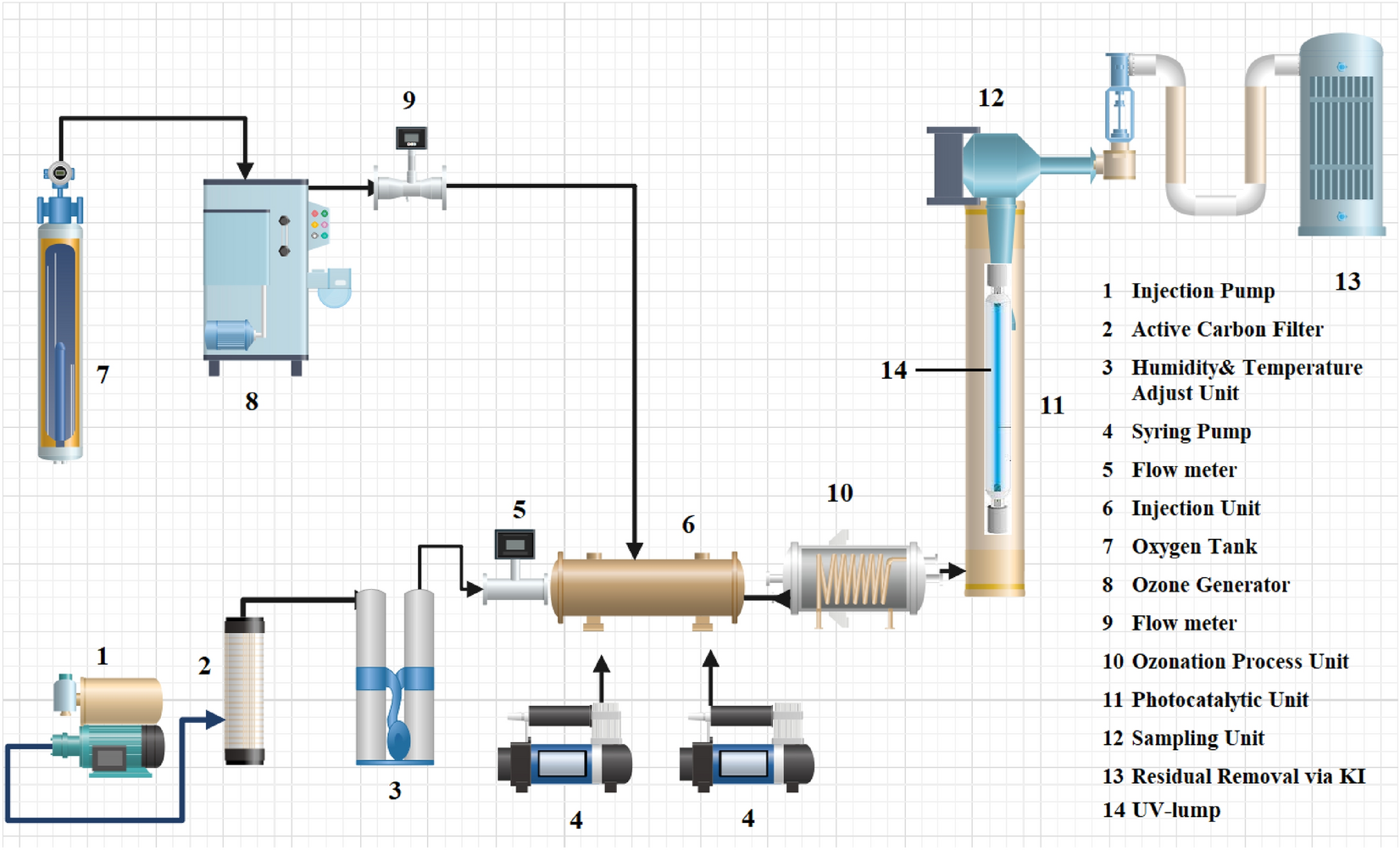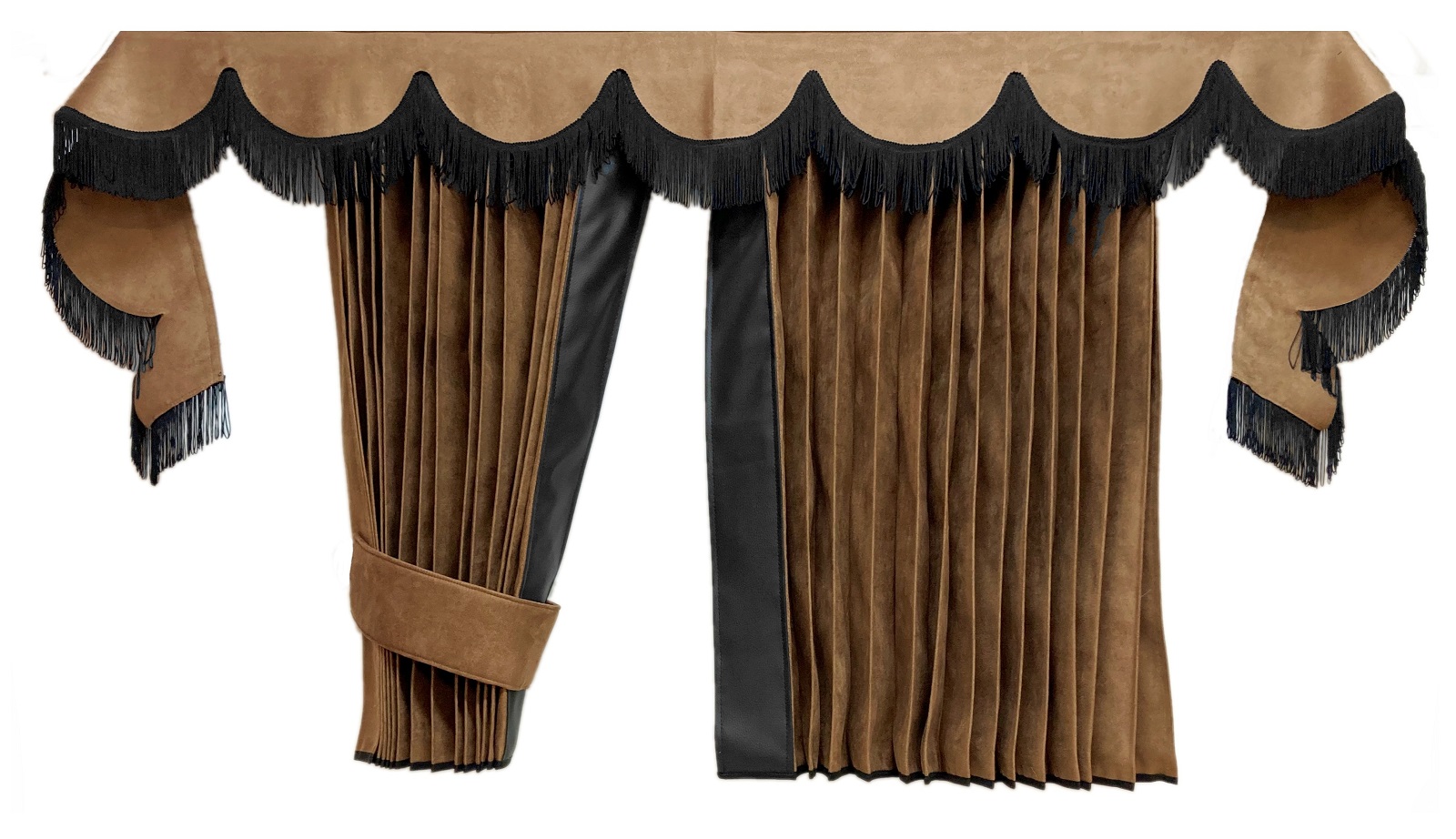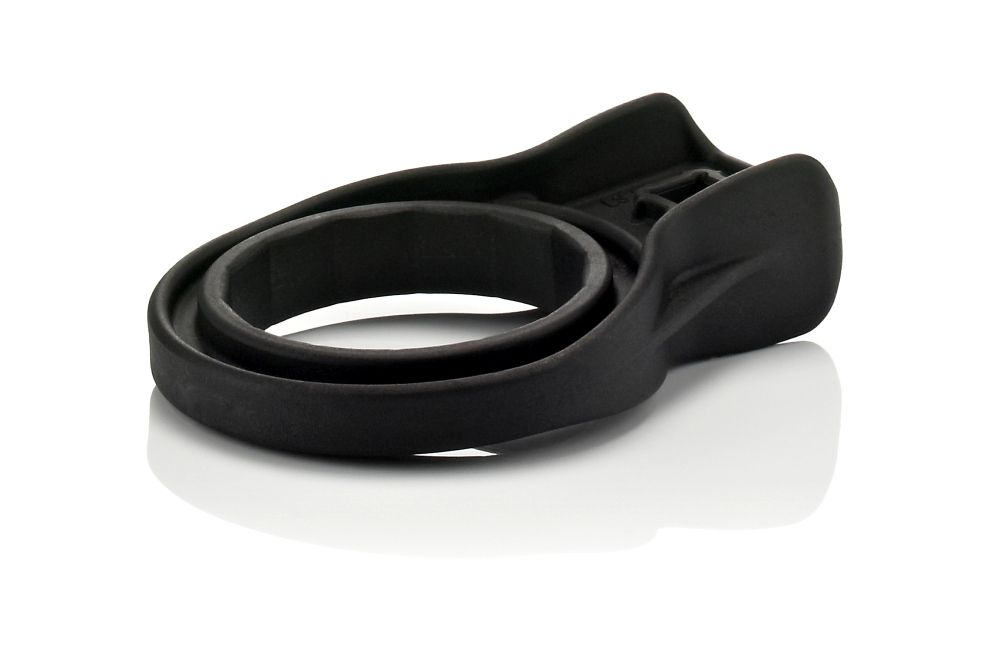
UiO-66-NO2 as an Oxygen “Pump” for Enhancing Oxygen Reduction

a) Photocatalytic hydrogen production of UiO-66-NH 2 , Pt PVP

Scheme 1. Illustration of the synthetic strategies for different

Inorganics, Free Full-Text

Sub-nanometer confinement enables facile condensation of gas electrolyte for low-temperature batteries

Efficient degradation of toluene over ultra-low Pd supported on UiO-66 and its functional materials: Reaction mechanism, water-resistance, and influence of SO2 - ScienceDirect

Scheme 1. Illustration of the synthetic strategies for different

Magnetic UiO-66-NH2 Core–Shell Nanohybrid as a Promising Carrier for Quercetin Targeted Delivery toward Human Breast Cancer Cells

Investigation of photocatalytic-proxone process performance in the degradation of toluene and ethyl benzene from polluted air

What factors determine activity of UiO-66 in H2O2-based oxidation of thioethers? The role of basic sites - ScienceDirect

Sulfur Doping versus Hierarchical Pore Structure: The Dominating Effect on the Fe–N–C Site Density, Activity, and Selectivity in Oxygen Reduction Reaction Electrocatalysis

In Situ Assembly of Hydrogen‐Bonded Organic Framework on Metal–Organic Framework: An Effective Strategy for Constructing Core–Shell Hybrid Photocatalyst - Wang - 2022 - Advanced Science - Wiley Online Library

Metal‐Organic Frameworks for Photocatalytic Water Splitting and CO2 Reduction - Sun - 2023 - Angewandte Chemie International Edition - Wiley Online Library

PDF) Investigation into the Adsorption of Methylene Blue and Methyl Orange by UiO-66-NO2 Nanoparticles

In Situ Assembly of Hydrogen‐Bonded Organic Framework on Metal–Organic Framework: An Effective Strategy for Constructing Core–Shell Hybrid Photocatalyst - Wang - 2022 - Advanced Science - Wiley Online Library

Magnetic UiO-66-NH2 Core–Shell Nanohybrid as a Promising Carrier for Quercetin Targeted Delivery toward Human Breast Cancer Cells








